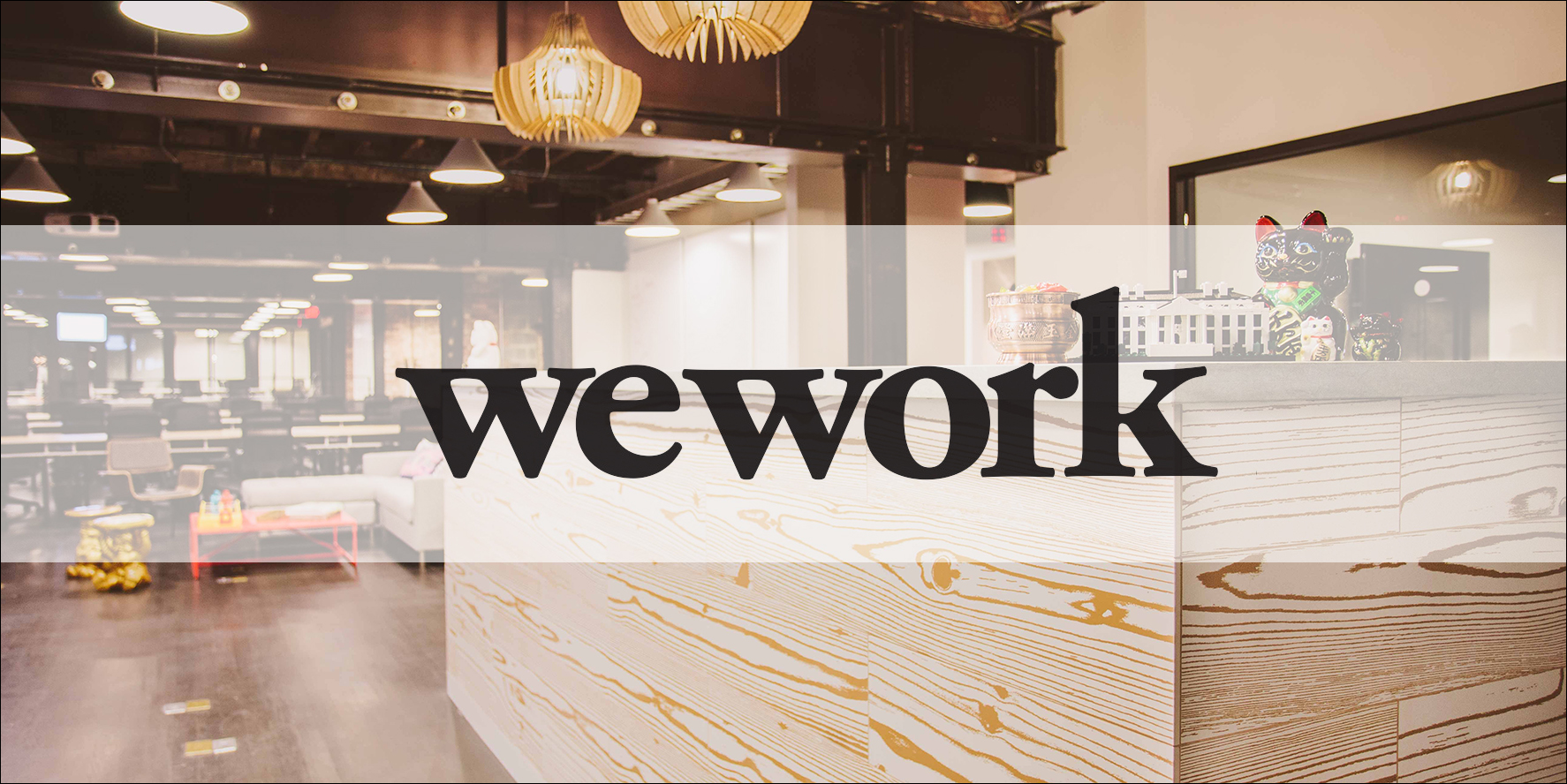The promoters of money-losing shared office provider WeWork told employees on Thursday, it has reduced its cash-burning rate by almost 50% from the end of last year and obtained a $1.1 billion commitment in new financing from the majority stakeholder Soft Bank Group Corp.
The company said in an e-mail to employees that its second-quarter results show the coronavirus pandemic has hurt business but its financial position remains strong.
What is the cash burn rate?
Burn rate is the rate at which the company is losing money. The burn rate indicates the company how much money they’re spending and how quickly they’re spending it. The term is usually used in the context of a new company that’s trying to ramp up its operations and become profitable. The burn rate allows growing companies to set realistic timelines because it warns them exactly how long they can survive before they run out of money.
How do you calculate the cash burn rate?
Current Burn Rate = Cash Balance in Prior Month – Cash Balance in Current Month
Monthly Burn Rate = (Cash Balance Beginning of Period – Cash Balance End of Period) / no of Months in Period
What is WeWork?
WeWork was founded in New York in 2010 with a goal to offer coworking spaces to entrepreneurs, startup companies, freelancers and even larger enterprises. WeWorksince its commencement has grown rapidly to become one of the largest and most visible coworking chains in the world.
WeWork is at the forefront of the shared workspace industry and has quickly become the driving force behind its growth, proving definitively that coworking is the new normal. At less than a decade old, the brand is poised to keep growing in the coming years, especially after interest from global conglomerates.
What are its membership options?
Flexibility is the key in WeWork’s business model, especially when clients no longer need to worry about long-term leases. The company offers four levels of membership: Hot desks, dedicated desks, private offices, and custom build-outs.
The business model of WeWork
At the moment, the company does not make a profit. Instead, WeWork is operating despite running in losses. It has been able to do so because of the huge pile of cash that it has obtained from Softbank. WeWork has a simple business model. WeWork takes out long term leases on huge properties in prime locations. After taking a lease over thousands of square feet of office space, WeWork leases it by the workstation. This business model, in essence, makes WeWork, an inefficient intermediary in the real estate business! There is no reason why landlords cannot lease properties by the workstation themselves!
However, WeWork has poised itself as a technology company instead of a real estate firm. It is this positioning that is allowing WeWork to raise huge sums of cash. Once the infrastructure is set, the technology companies can grow in volume quite quickly, an application could serve thousands of additional users at very little additional cost. However, that is not really the case with WeWork since if it has to sublet more real estate, it must first have a lease on the same.
Why WeWork has negative cashflows
The WeWork business model is basically based on the bullish sentiment prevailing in the real estate market. The WeWork model is basically a large bet on the real estate rental market where it intends to make money by increasing the sublet rates in the future, whereas it will continue to pay the originally agreed upon lower rents. Where it will make money as long as the rentals continue to grow.
Real Estate Downturn Risk
As mentioned above, the WeWork business model is a gigantic bet on the fact that the real estate rentals will keep on rising in the future. If the rentals were to decrease in the event of a downturn, WeWork would still have to pay the lease amount that it agreed to pay to the landlord. Thus, the company would lose money in the process, buy expensive and sell cheap! WeWork has tried to mitigate this risk by setting up several different subsidiaries that sign lease agreements with landlords. In this way, even if a few subsidiaries go bankrupt, the business interests of the larger company will continue to be protected.
Freelancers Risk
Also, most of the tenants that WeWork gets are freelancers and start-up firms. A lot of these tenants are not financially stable. Hence, in the event of a recession, they will be the first class of people who will end up facing cash flow problems. Since these types of tenants provide the largest chunk of business to WeWork, it would not be incorrect to say that the company is standing on shaky grounds. This is the reason that many financial analysts argue that WeWork is probably the most overpriced company in the entire world!
Financial performance of WeWork in the last quarter
Revenue in the quarter reached $882 million, a 9% increase from a year earlier.
WeWork in the first quarter reported revenue of $1.1 billion, the first time it had exceeded nine figures, and its cash burn was $482 million.
WeWork has $4.1 billion in cash and unfunded cash commitments, including the $1.1 billion in new financing, Ross said. WeWork in July indicated it expected to be cash-flow positive in 2021.
The $1.1 billion is the last of the debt facilities included in a wide-ranging transaction announced in October 2019, a source at SoftBank said.
WeWork ended the quarter with 612,000 members, a decline from 693,000 in the prior quarter. But 48% were from prized “Enterprise” customers, businesses with 500 employees or more.
The results were released almost a year to the day after it filed plans to go public when the company was valued at $47 billion and looked poised to be one of the year’s hottest IPOs.


